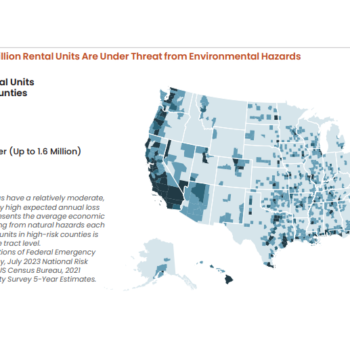|
|
NASA’s recent analysis shows that 2023 witnessed the warmest average surface temperature on record. Global temperatures were approximately 2.1 degrees Fahrenheit above the average for the baseline period (1951-1980).
This 2023 map displays how much warmer or cooler different parts of the world were compared to the average temperature between 1951 and 1980. Normal temperatures appear in white, warmer areas in red and orange, and cooler regions in blue. You can watch this map’s animated version, showing global temperature changes since 1880.
To access the visualization, visit NASA Goddard’s Scientific Visualization Studio: [NASA Visualization](https://svsdev.gsfc.nasa.gov/5207).
NASA Administrator Bill Nelson emphasized that this temperature report confirms a global climate crisis, evident in extreme heat, wildfires, and rising sea levels.
Despite acknowledging the need for more work, President Biden and communities are taking unprecedented actions to reduce climate risks. NASA’s commitment includes using space data to make critical climate information accessible to all. In 2023, millions worldwide experienced extreme heat, setting global records each month, with July being the hottest ever recorded.
This year marked Earth’s warmest since modern record-keeping began in 1880, with the past decade being the warmest on record. Gavin Schmidt, director of GISS, highlighted the exceptional warming due to fossil fuel emissions, leading to heatwaves, intense rainfall, and coastal flooding.
While scientists attribute the long-term warming trend to human activity, they also explore phenomena like El Niño, aerosols, pollution, and volcanic eruptions affecting climate variations. The Pacific Ocean’s El Niño – La Niña pattern typically influences year-to-year variability, with 2023 transitioning from La Niña to El Niño.
Despite occasional cooling factors like volcanic aerosols, the record-breaking trend continues as long as greenhouse gas emissions rise. Schmidt emphasized the urgency for continued actions to address climate change, given the new record for greenhouse gas emissions in the past year.
NASA’s method of assembling temperature records involves extensive data from meteorological stations and sea surface measurements. Independent analyses by NOAA and the Hadley Centre align with NASA’s findings, confirming 2023 as the warmest year.
The U.S. Greenhouse Gas Center, launched by the Biden-Harris Administration, aims to provide critical climate data for informed decision-making.
In conclusion, NASA’s dataset of global surface temperatures through 2023, along with detailed analysis information, is publicly accessible. The ongoing commitment to studying Earth’s climate is crucial, emphasizing collaborative efforts to tackle the climate crisis.
For more information on NASA, visit: [NASA Website](https://www.nasa.gov).
Sources
- Dooren, Jennifer. (2023, December 4). NASA, Partners Launch US Greenhouse Gas Center to Share Climate Data. Retrieved from https://www.nasa.gov/news-release/nasa-partners-launch-us-greenhouse-gas-center-to-share-climate-data/
- NASSA Goddard. (2023). Was the Hottest Year on Record [Video]. YouTube. Retreived from https://www.youtube.com/embed/1bv6zIpmWpY?si=ONrcJZI2gCSsZvUV
- Bello, A. O. (2024, January 13). NASA confirms that 2023 is the hottest year in history. Interesting Engineering. Retrieved from https://interestingengineering.com/science/nasa-confirms-that-2023-is-the-hottest-year-in-history
- Global Climate Change. (n.d.). The Causes of Climate Change. NASA. Retrieved from https://climate.nasa.gov/causes/?ipid=promo-link-block1












